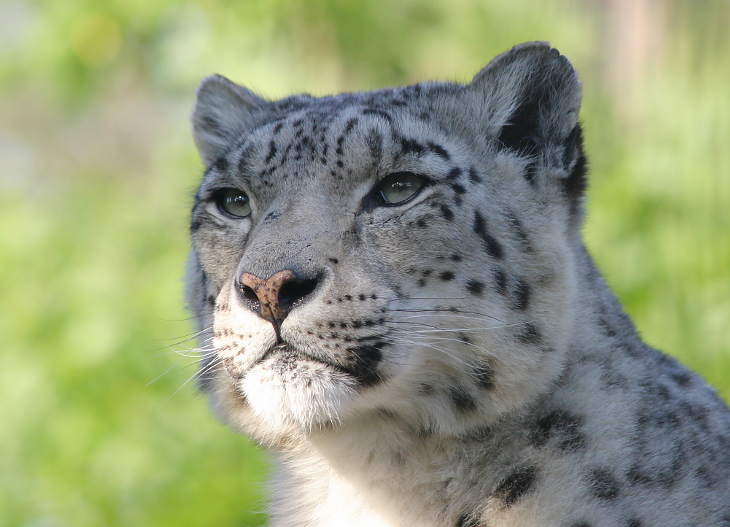













The snow leopard, an internationally recognized endangered species, is a large feline predator which inhabits the high altitudes of Central Asia.
During Ev-K2-CNR studies on the Himalayan tahr in Nepal’s Sagarmatha National Park led by Prof. Sandro Lovari (University of Siena), a rare sighting was made of a snow leopard at 3,800 m a.s.l. as it lay watch over its prey.
NAME: Snow leopard Uncia uncia.
CLASSIFICATION: Class: Mammifera; Order: Carnivora; Family: Felides.
SIZES: lenght: 100-130 cm plus 80-100cm of tail.
weight: variable according to gender and populations: male 30 - 80 kg; female 30-60 kg.
DISTRIBUTION: Central Asia, from Southern Russia to Western Mongolia, until Himalayan region and China.
HABITAT: Steppes, wide spaces, cliffs and high mountain environments.
FEEDING: Himalayan tahr, musk deer and other wild mountain ungulates, pheasants and livestock.
REPRODUCTION: 1-5 cubs for birth, usually 2-3. Sexual maturity: at the age of two years old.
LONGEVITY: 17-19 years in captivity, less in the natural state.
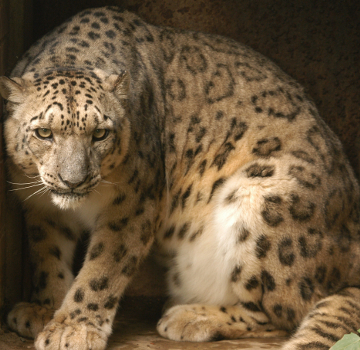
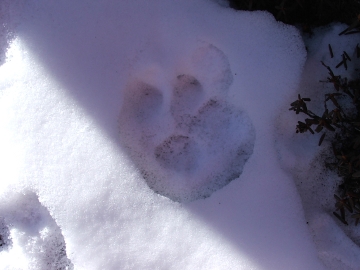
OBJECTIVES:
- monitor the species Uncia uncia and study its impact on other species;
- estimate the population of snow leopards, Himalayan tahrs and musk deer;
- collect data on the movement and habitat use of the snow leopard, possibly through GIS analyses and remote sensing (using satellite radio-tracking data);
- develop awareness-raising initiatives to make the return of snow leopard acceptable to the local population;
- suggest and develop adequate management measures to prevent/discourage predation of snow leopard on livestock.
THE SNOW LEOPARD PROJECT
The main threat to the snow leopard is human pressure. Alteration of natural habitats and hunting of snow leopard prey have led to snow leopards turning to livestock for sustenance, causing persecution reactions. The cold, fragile, often semi-arid high altitude ecosystems in which the snow leopards live generally offer a low density of resources. Climate change is further complicating this delicate balance, as snow leopards find themselves needing to compete with other predators better adapted to warmer ecosystems. Finally, poaching poses an additional threat to these animals, whose pelts and bones are valued for aesthetic and medicinal purposes.
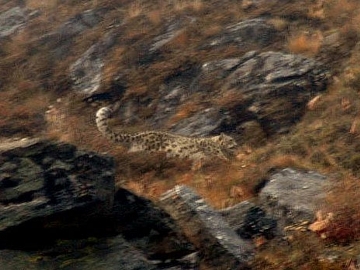
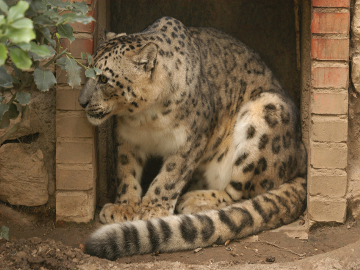
PROGRESS TO DATE:
An annual census of the snow leopard and its potential preys (Himalayan tahr, musk deer, etc.) is carried out in collaboration with the SNP officials. The animals are traced through analyses of pugmarks and scrapes, while individuals are identified testing DNA contents in intestinal epithelium cells found in scats. Authorization from the Nepali Government for temporary capture and radio-collaring of some specimens – an essential step towards reaching project objectives – has been requested but is still pending. Promotion and informational campaigns regarding snow leopard conservation are also carried out in collaboration with local institutions to the benefit of local populations and the general public.
THE PARTNERS :
Ev-K2-CNR and WWF-Nepal was signed an agreement for collaborative implementation of this program on March 24, 2006.
Other local partners include:
Nepal Academy for Science and Technology (NAST)
Department of National Parks and Wildlife Conservation (DNPWC)
Sagarmatha National Park (SNP)
Kathmandu Zoo
